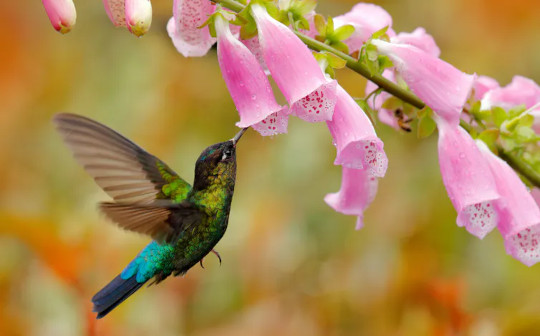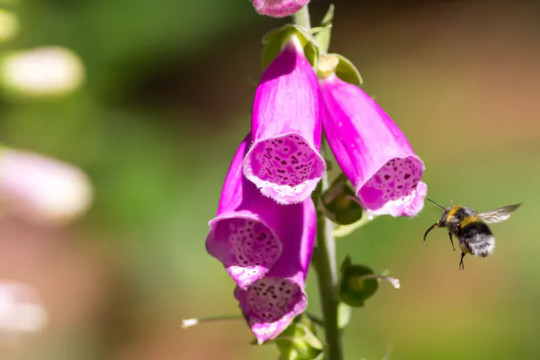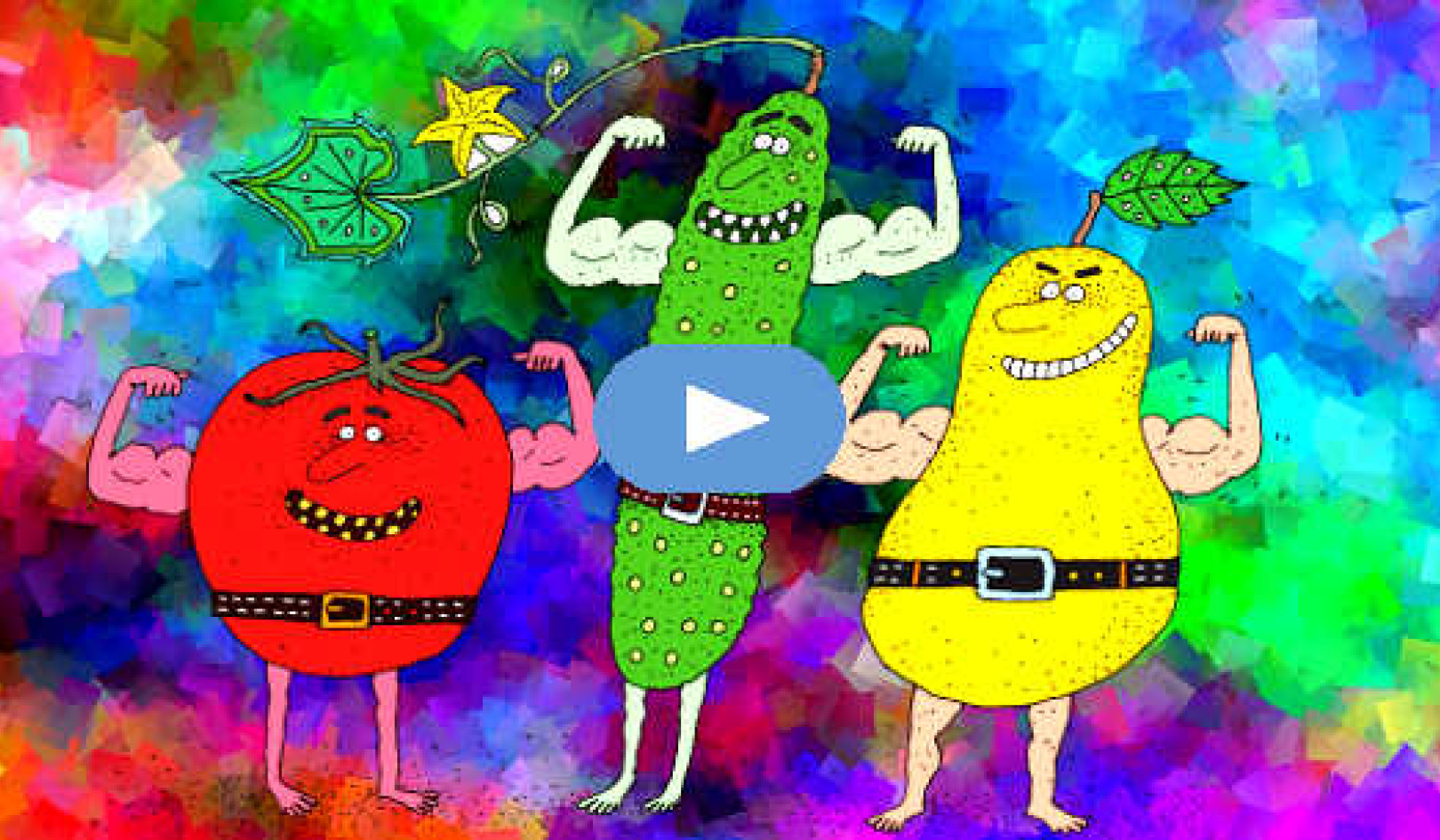 Hummingbird pollinators. Shutterstock/Ondrej Prosicky
Hummingbird pollinators. Shutterstock/Ondrej Prosicky
Flowers of plants pollinated by animals display some of nature’s most astonishing variation in colour, scent and shape. But how has this outstanding diversity evolved?
A big part of the story is adaptation to the animals they depend on for reproduction. Many floral traits are believed to be adaptations to attract and “fit” their pollinators for optimal pollen transfer.
To understand the when and how of the evolution of these floral characteristics, biologists often need to rely on reconstructing the past, inferring the conditions that led to the evolutionary changes. But an interesting alternative is to use recent changes.
When my colleagues and I looked in detail, in a new study, we found naturalised foxglove flowers – taken to the Americas around 200 years ago – have changed compared to natives in Europe. This change is consistent with the addition of hummingbirds as pollinators, in less than 85 generations since the introduction.
Foxgloves are familiar and beloved wild flowers in their native range, originally restricted to Europe. During the 19th century, they were introduced to many areas of the world, most likely by keen English gardeners.
By moving plants around the world, we humans inadvertently started trans-continental experiments, testing the crucial roles of pollinators in plant reproductive success and the evolution of flowers. When plants are introduced in new areas and expand their range, they’re often faced with a new environment without pollinators.
In other cases, like the common foxglove or Digitalis purpurea, new pollinators can be added. In this case, hummingbirds, an entirely new group of pollinators, were added to the catalogue of flower visitors in parts of the new expanded range.
In Europe, foxgloves are exclusively pollinated by bumblebees with long tongues – the only insects capable of reaching the nectar reward produced at the base of the floral tube. But once foxgloves became naturalised in the Americas, hummingbirds entered the picture.
Unfriendly foxgloves
In their native countries, foxgloves have a range of strategies that make them specialised to their bumblebee pollinators. Even though the flowers look accessible for any visitor, smaller insects and even short-tongued bumblebees can’t access the nectar. It’s concealed by a tube, called the corolla, that becomes more and more constricted towards the nectar at the base.
The flowers are also equipped with a series of long hairs that act as a barrier for small bees and flies when trying to walk into the flower, because they get entangled and give up.
These floral characteristics, however, don’t prevent hummingbirds from visiting. In many ways foxgloves are perfect for hummingbird pollination. Each flower produces a large amount of nectar and by growing in large stands they offer the supply that hummingbirds need to support their high energetic demands.
 Long-tongued bumblebees can reach nectar deep inside foxgloves. Shutterstock/Ian Dyball
Long-tongued bumblebees can reach nectar deep inside foxgloves. Shutterstock/Ian Dyball
Foxglove evolution
For our study, we focused on foxglove populations in Colombia, Costa Rica and native ones in the UK. In the tropical regions, the populations are confined to altitudes over 2,200 metres (7,200 feet) of altitude, where it’s cool and wet all year long. Bumblebees are the most frequent floral visitors there still, but hummingbirds can do up to 27% of the visits. We tested if the hummingbirds were effective pollinators of foxgloves, and found they’re even more effective than the bees at transferring pollen to flowers.
Studying the flowers, we found the tube where nectar accumulates is now considerably larger in the populations where hummingbirds are present, compared to UK native populations. We also found that plants with flowers with larger tubes have higher reproductive success in all of the naturalised populations where we looked – an indication that the longer flowers are being favoured by natural selection.
This was consistent in Colombian and Costa Rican populations – which is important because they represent two independent introductions of foxgloves from Europe around the 1850s. We have preliminary evidence from molecular markers that foxgloves in the two countries are genetically distinct. South and Central America are separated by dense lowland rainforest that’s impenetrable for foxgloves, so it’s extremely unlikely that the plants can have colonised from one region from the other.
The fact that we see the same floral changes and direction of selection in both regions after the addition of hummingbirds provides strong evidence that we’re witnessing rapid adaptation to the new pollinator environment. In our next study, we’re hoping to confirm that the selection we see is in fact imposed by the hummingbirds.
The case of the foxgloves suggest that in some instances, plants might be resilient to changes in their pollinators, if given enough time in a world where both plants and animals are being forced to move around, expand or retreat. However, in many cases, plants are losing their pollinators instead of gaining new ones. Studying all cases helps us understand plant evolution better.![]()
About The Author
Maria Clara Castellanos, Lecturer in Evolution, Behaviour and Environment, University of Sussex
ing
This article is republished from The Conversation under a Creative Commons license. Read the original article.
























